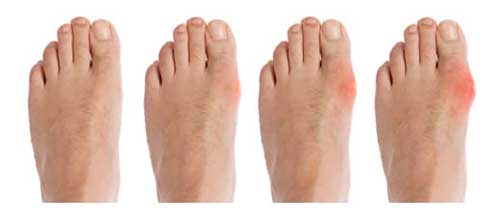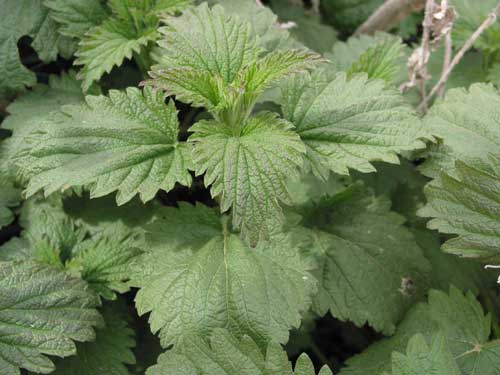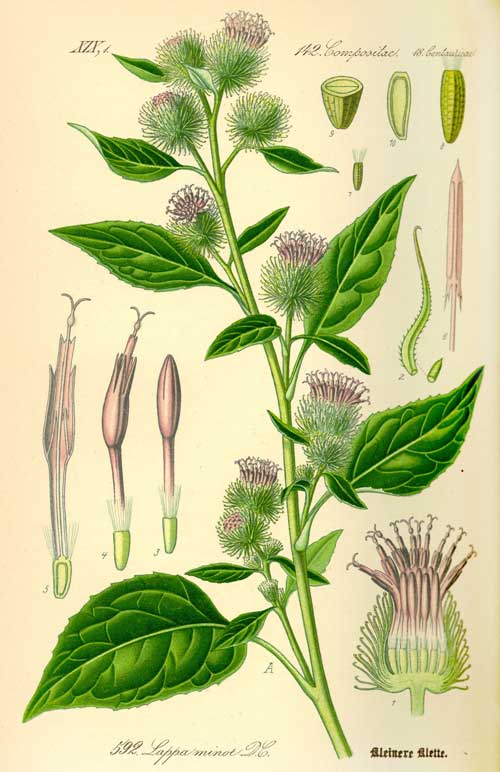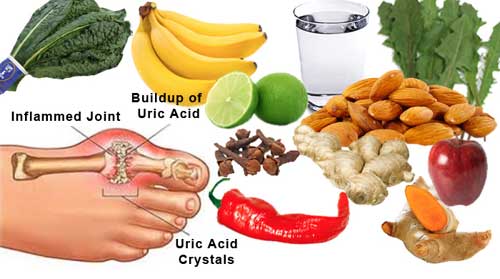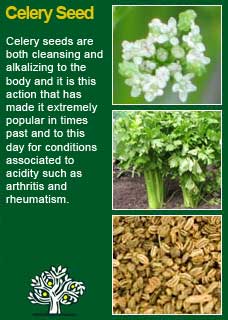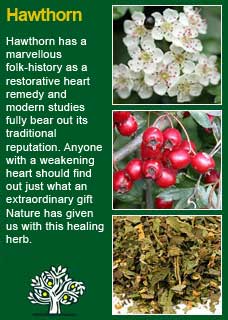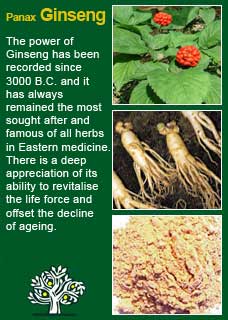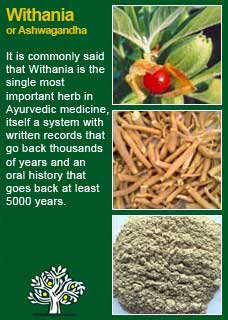
|
|
||
| Our Pages ABOUT CONSTITUTIONAL MEDICINE
|
Nearly one in five people have elevated levels of uric acid in their blood but only about 1 in 500 go on to develop full blown gout and of those about 95% will be men over the age of 30. Attacks of gout are commonly triggered by alcohol or certain types of protein-rich foods, as well as fatigue and stress. Uric acid is normally present in the blood because it is a by-product of cells breaking down and because everyday foods contain elements that form into uric acid. Uric acid levels become abnormally high when the kidneys can’t eliminate enough of the acid in the urine.
The current standard medical treatment for acute gout is giving some form of colchicine, the anti-inflammatory drug originally isolated from the plant Colchicum autumnale (autumn crocus or meadow saffron). Colchicine does not actually affect uric acid levels; rather it stops the inflammatory process by inhibiting the spread of neutrophils into the area of inflammation. Among the oldest remedies for gout in Autumn crocus (Colchicum autumnale corm). Prepared as a tincture the remedy is given in acute attacks, 10-15 drops of the tincture every hour, reducing the dosage thereafter as symptoms begin to diminish (Rudoplh Weiss 1988, 273). Weiss states that dosages should be high enough to cause nausea and diarrhea. Over seventy-five percent of patients with gout show major improvement within the first twelve hours of receiving colchicine. However, as many as eighty percent are unable to tolerate an optimal dose because of gastrointestinal and other side effects. Other anti-inflammatory drugs commonly used include indomethacin, phenylbutazone, naproxen and ibuprofen. Sometimes, corticosteroids such as prednisone are prescribed for the same purpose. Allopurinol, a drug that blocks the production of uric acid in the body is commonly prescribed to people who have high uric acid levels and so are prone to gout, kidney stones or kidney damage. However, allopurinol can also be difficult to take and can cause stomach-upset or skin rashes. In some cases, it can decrease white blood cell numbers or cause liver damage. It's good to know there are alternatives.
Along with a number of other tests from a tiny finger-stick, I routinely test my patients for their uric acid levels at the first visit. Many people have high uric acid without actually having an attack of gout. They usually report feeling stiffer and sorer than is usual but have just learned to adapt to it. A treatment of cleansing herbs, which may well include herbs such as Celery seed, Nettle leaf or Burdock, nearly always sees a significant improvement in general health and a return to normal of the uric acid levels by the return visit. In some cases, where there is an acute inflammation such as one might find in an attack of gout or polymyalgia rheumatica, it can be best to use a high-dose course of Celery to help get the job done and then rest it until needed again - see the recipe below for one option of how to go about that but, because not everyone will be able to drink large amount of Celery seed tea, it is also appropriate to use it in tincture form whereby up to 10 or 12 mls a day in an acute crisis will be safe and should be effective.
The main action of celery seed is through an oil called ‘apiol’. This is largely what gives celery its distinctive smell. You can read more about Celery seed here. A moderate daily dose of a Celery seed extract is the optimal way to get the best results but, especially if a person is unable to take a drug like colchicine, it may be possible to achieve a rapid turnaround in acute gout by using a very large dose of Celery seed over just a few days.
Briefly bring the Celery seeds to the boil, cover the saucepan and then allow the mixture to cool for about 5-7 minutes, then strain off the liquid from the seeds and drink. You may find it helpful to dilute it with some cool water if it is too hot or too thick to be taken easily and quickly. In acute gout, this tea should be made fresh and drunk twice a day for two days to assess if it is the right treatment for you. This would mean taking 30 grams of Celery seed by infusion over the course of a day in two divided doses. If it works then it will work well, meaning it should have been able to reduce the symptoms of gout by at least 70-80% An experienced colleague, Ben Zappin, wrote on one of our herbal forums recently 'I've been impressed dozens of times by the benefits of celery seed tea alone. I've worked with a few men over the years who refuse to change their diet and/or stop drinking, and they find the relief the tea provides strongly preferred to taking Colchicine which they have reported to me leaves them feeling useless and depleted for several days'
Nettles works completely differently to Celery and a person who does not respond rapidly to Celery seed may respond to Nettle leaf, and vice versa. Some people will prefer to cover their bases and use both herbs in an acute flare-up. If you do that, and the condition rapidly responds, then you have the happy problem of not knowing what helped the most, something that could be worked by using one or the other in a less acute situation. A strong tea of Nettles for acute gout can be made in a similar way to the above recipe. Take 15 grams of Nettle leaf, place it into a litre of freshly boiled water and allow to steep for 10 minutes before straining off the tea. This is enough for a whole day's treatment and it is best to divide the dose into at least two, or three cups. It can be drunk warm or cool with no difference to the effect. More about Nettles here.
Nothing works for everyone, and if Celery seed and/or Nettles do not prove to be effective then there are several other options that may be of help. ~ Rima Kittley MD writes 'I have had several patients with acute gout who said they got a lot better quickly with this treatment (even without a prescription of allopurinol or colchicine):
If you get gout, then it is highly likely that you need to have a deep clean up of your whole system. Read more on this subject in an article called 'what is detoxification' found here and read about what foods to eat and avoid on a page called 'the cleansing diet' found here.
For some people, simply eliminating alcohol is all that is needed to reduce uric acid levels to the point that gout attacks simply stop.
In a 12-year study led by Hyon Choi, of Harvard Medical School involving 47,150 men, gout risk increased 21% with each serving of beef, lamb, or pork per day, and 7% with each serving of seafood per week but chicken and other "white" meats did not increase risk. They also found that having more than two glasses of milk a day was associated with a 50% risk reduction and thought it may be because dairy products are low in purines, but also relatively high in protein, and protein most likely helps to reduce uric acid levels
Most people need to drink at least 6 cups of water a day, but this is variable according to our constitutions, as introduced at the bottom of this page, a good rule of thumb is how often a person needs to go the toilet. More than once an hour is too much, less than once in two hours is too little. Urine should be light in colour and virtually free from odour if you have been drinking enough
~ In a study of 633 participants, Boston University Medical Center researchers found that eating at least 10 cherries a day protected people with existing gout from recurrent attacks. The findings were published in 2012, in a supplement to the journal Arthritis & Rheumatism “Cherry intake was associated with a 50 percent lower risk of gout flares over a 48-hour period,” says study co-author Hyon K. Choi, MD. "We extrapolate that cherries will continue to work long-term." He attributes the positive effects to anthocyanins – plant pigments that have powerful antioxidant and anti-inflammatory properties. Anthocyanins are found in red and purple fruits, including raspberries and blueberries, but cherries, especially tart cherries, contain the highest levels.
Although not widely reported, gout is significantly associated with metabolic syndrome, with upwards of 60% of gout patients displaying the clinical features of insulin resistance, truncal obesity, and hyperlipidemia. Anyone who gets gout needs to carefully check themselves, or get checked to see if they have this common and entirely treatable condition, much more detail about it here
Constitutional health is an old and fascinating way of understanding our differences. There's a brief introduction here and a more detailed section on working out which constitution you are here.
Please understand that I cannot personally advise you without seeing you in my clinic. |
|
|
© 2011 R.J.Whelan Ltd
